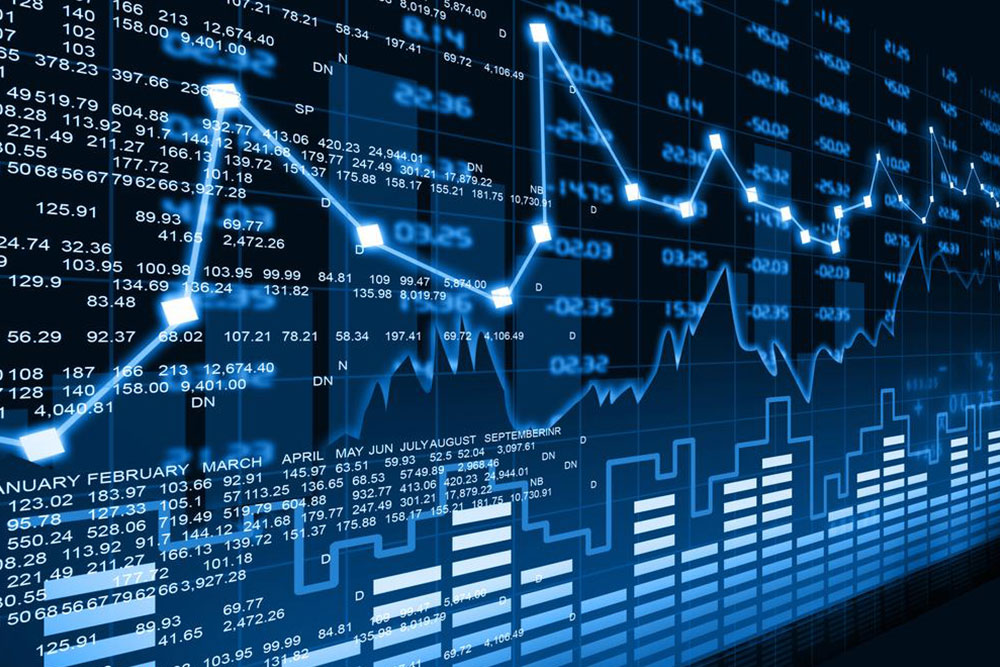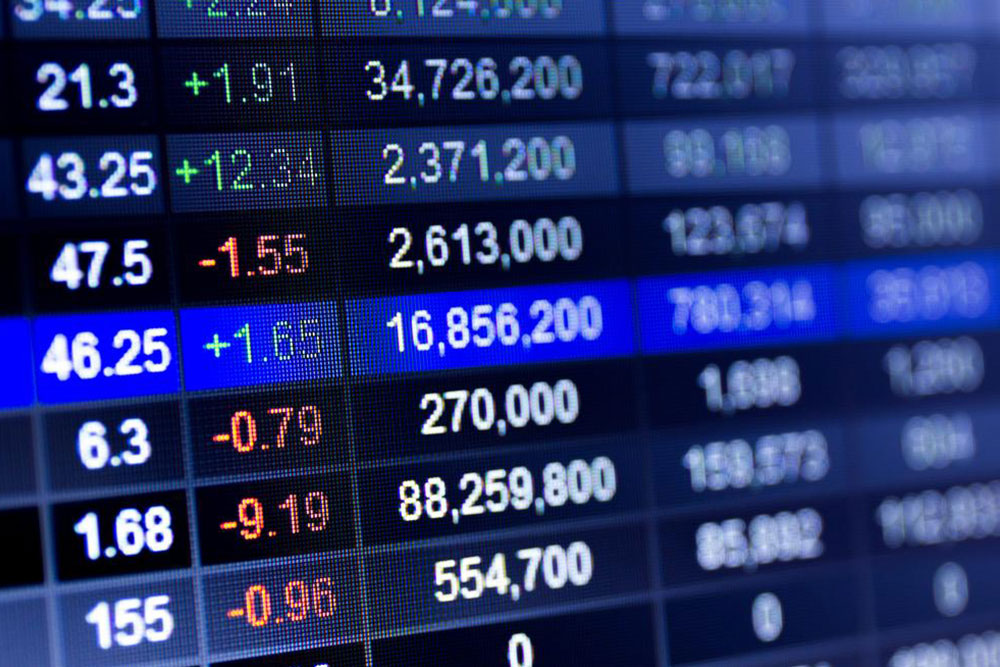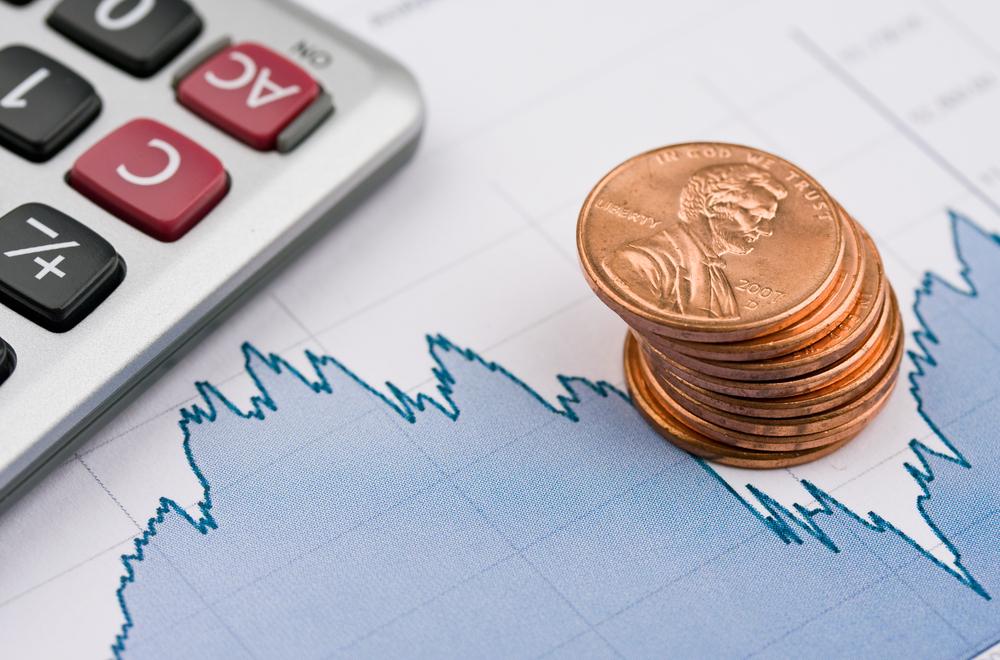Comprehensive Analysis of Recent Trends and Future Outlook of Gold Prices
This comprehensive article explores recent gold price trends, technical analysis, market forecasts, and economic factors influencing gold's future. Understand the volatility patterns, institutional outlooks, and strategic insights to make informed investment decisions in a fluctuating market environment.

Comprehensive Analysis of Recent Trends and Future Outlook of Gold Prices
Over the past decade, the price of gold has been marked by significant volatility, experiencing dramatic rises and falls driven by various macroeconomic and geopolitical factors. Gold has long been regarded as a safe haven asset, especially during times of economic uncertainty, which makes understanding its price movements crucial for investors, economists, and financial analysts alike. Recent developments show that gold prices are subject to rapid fluctuations, influenced by global economic indicators, currency movements, inflation rates, and investor sentiment. This article provides an in-depth review of the latest developments in gold price movements, examining technical analysis, market forecasts, and economic implications to offer a comprehensive outlook for the coming years.
Historical Perspective and Recent Trends: Over the last decade, gold's price per ounce has exhibited a wide range of fluctuations. Historically, gold has hovered around the $1,400 mark, but during times of crisis or economic upheaval, it has soared to new highs. For instance, during the global financial crisis of 2008, gold prices surged as investors sought safe assets. More recently, in 2011, gold reached a peak near $1,900 per ounce amid fears of economic instability and quantitative easing measures by major central banks.
However, after these peaks, gold prices often corrected sharply, reflecting shifting investor priorities and broader economic conditions. The subsequent years saw a downward trend, with prices stabilizing around $1,200-$1,400 for much of the decade. Nevertheless, the volatility persisted, with unpredictable swings caused by geopolitical tensions, trade wars, inflation expectations, and currency fluctuations, particularly involving the US dollar, which typically has an inverse relationship with gold prices.
Technical Analysis and Market Predictions: Technical analysts employ various tools such as moving averages, trend lines, Fibonacci retracements, and candlestick patterns to predict future price directions. Currently, the technical setup points toward a bearish outlook for gold throughout the upcoming year. Chart patterns suggest the possibility of a continued decline, especially if key support levels are broken. Most technical indicators warn of potential downside risks, casting doubt on a swift rebound.
Historically, consistent technical signals are valuable for short-term trading strategies and risk management. If gold prices remain below critical resistance levels, further declines could push prices towards the $1,000-$1,100 range, especially if the dollar strengthens or if global economic conditions stabilize. Such technical assessments align with the broader economic and market forecasts discussed below.
Economic and Institutional Outlooks: Major financial institutions and banks provide their forecasts based on economic models and market analysis. Most banks adopt a cautiously optimistic stance but acknowledge the inherent uncertainties. They project that gold prices are unlikely to see substantial rallies in the near future, expecting the metal to trade within a relatively narrow band over the coming years. Some analysts suggest that gold might dip to around $1,000 by 2017, but general consensus indicates limited downside risks and modest gains.
These predictions are heavily influenced by macroeconomic factors such as interest rate policies, inflation expectations, and geopolitical developments. Central banks' monetary policies, especially in major economies like the US Federal Reserve, have a significant impact on gold prices. Rising interest rates tend to reduce gold's appeal because they increase the opportunity cost of holding non-yielding assets. Conversely, low or stable interest rates promote demand for gold as a safe haven asset.
Market Dynamics and Future Outlook: From a broader market perspective, gold remains a vital hedge against inflation and currency devaluation. Nonetheless, current economic indicators suggest a somewhat optimistic outlook for equities, which could divert investment away from gold. During periods of economic prosperity, stock markets tend to perform well, leading to decreased demand for gold. Conversely, during periods of economic distress or inflation spikes, gold often serves as a protective asset, driving prices higher.
Analysts forecast that in 2016, rising stock markets and global economic recovery may lead to a decline in gold prices later in the year. However, unpredictability remains high due to geopolitical tensions such as trade conflicts, regional instability, and potential financial crises. Therefore, investors are advised to monitor global economic data, currency movements, and central bank policies for strategic decision-making.
In conclusion, while gold's price behavior remains volatile, market experts agree that the upcoming years will likely see limited upward movement unless disruptive geopolitical events occur. Technical signals point toward a bearish trend for gold in the near term, with a possibility of prices dropping to around $1,000. Investors should adopt cautious strategies, considering both fundamental economic factors and technical indicators to navigate the unpredictable landscape of gold markets effectively.





